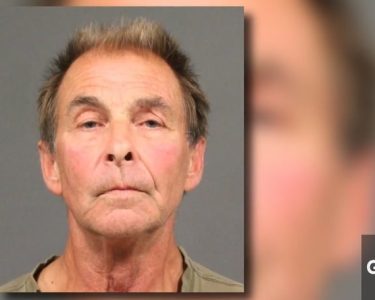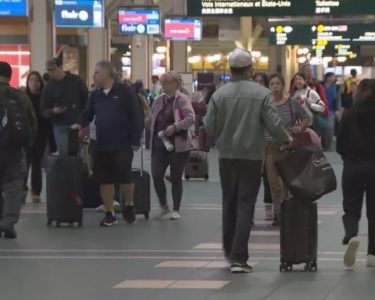By June 27, more total area had already been burned by wildfire in Canada than at any other point in recorded history. Natural Resources Canada says the 10-year average for fires is 2,751. By July 5th, there were already 3,412 fires.
Those in B.C.’s most populous areas will have to pack up the marshmallows and chocolate, as a coastal campfire ban takes effect at noon on Friday.
According to the BC Wildfire Service, a Category 1 ban will come into effect at 12 p.m. for the Coastal Fire Centre. The ban will affect the entire Lower Mainland, Fraser Valley, Sea-to-Sky region, and Vancouver Island.
“We did have some rain earlier in June which allowed us to take (the ban) off for a little while there, but the continued drying and heat that we’ve experienced have pushed the fire danger ratings up in those areas. We’re also looking at the forecast which just includes things getting hotter and drier over the weekend,” fire information officer Gordon Robinson told CityNews.
Under the order, all open fires will be prohibited in the region, with the exception of Haida Gwaii.
“Prevention becomes even more important when things become this dry. Every lightning strike has a pretty high probability to start a fire so it’s extra important that we prevent human-caused fires so we don’t tie up resources on those that could be fighting the natural ones,” Robinson noted.
The order will remain in effect until Oct. 31 at the latest but could be lifted earlier than that depending on conditions.
Those caught violating the ban could be subject to a fine of $1,100. If a wildfire is started, fines start at $10,000 all the way to the BC Wildfire Service recouping firefighting costs, which could end up costing over $100,000.
The ban comes as officials warned Wednesday that drought conditions in B.C. are expected to worsen in the summer months, heightening the risk of more fires.
According to the BC River Forecast Centre, virtually the entire province is at drought levels three or four, which are the most extreme of the four levels.
source : CityNews photo : Pixabay




